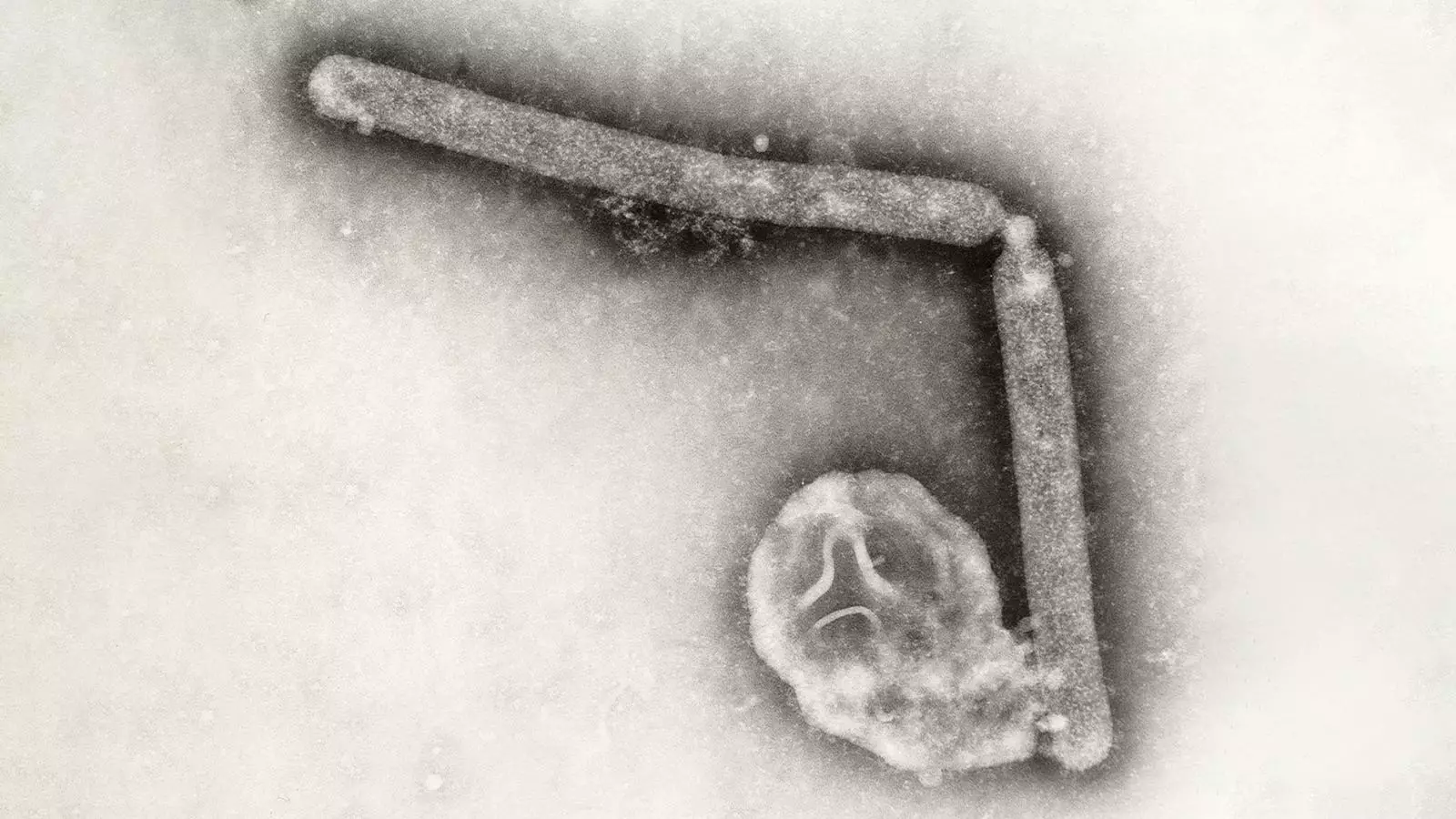A recent genetic analysis spearheaded by the Centers for Disease Control and Prevention (CDC) has unveiled significant mutations in the bird flu virus found in a patient from Louisiana, marking the nation’s first reported serious case of this strain in an individual. The crucial aspect of this investigation revolves around the mutations enabling enhanced binding of the virus to human respiratory receptors. While this development raises eyebrows, leading experts assert that it should not trigger immediate panic among the public.
Michael Osterholm, an infectious disease expert at the University of Minnesota, likens the interaction between the virus and human cells to that of a lock and key. For viruses, successfully infecting a host cell requires them to possess the right “key” that can operate a cell’s “lock.” The findings suggest that the bird flu virus might be evolving to develop a more effective key. However, Osterholm reinforces the notion that while this is a cause for scientific scrutiny, it does not indicate an imminent threat. He emphasizes, “Right now, this is a key that sits in the lock, but it doesn’t open the door.”
Historically, reported cases of bird flu in the United States have been sporadic and primarily mild. Most cases occurred among individuals engaged in interactions with infected poultry or working in agricultural environments, particularly on dairy or poultry farms. The Louisiana patient, who remains unnamed, presented with severe respiratory complications after exposure to sick and deceased birds from a backyard flock. Notably, this individual had pre-existing health issues and is over the age of 65, categories which already predispose one to severe outcomes from infections.
In light of the identified mutations, the CDC has communicated that there is no evidence of viral transmission from the Louisiana patient to others. Their assessment states that the risk posed by this outbreak to the general public remains minimal. This conclusion aims to allay fears among those not directly involved in bird handling or farming. Nevertheless, the CDC continues to monitor developments closely, reiterating that public health precautions remain paramount.
Despite current reassurances, Osterholm warns against complacency. His comments serve as a reminder of the unpredictable nature of influenza viruses, suggesting that future pandemics are not just likely but could potentially exceed the severity of the COVID-19 crisis. Emphasizing the need for ongoing surveillance of viral mutations, he stresses that the “pandemic clock is ticking” and that preparation and vigilance are essential in public health strategies.
While recent mutations of the bird flu virus pose interesting questions related to its transmissibility and potential for human adaptation, the flow of information and the vigilance of health agencies are crucial in navigating the landscape of transmissible diseases. Ongoing research and public awareness will be pivotal in addressing any future health threats.



Leave a Reply